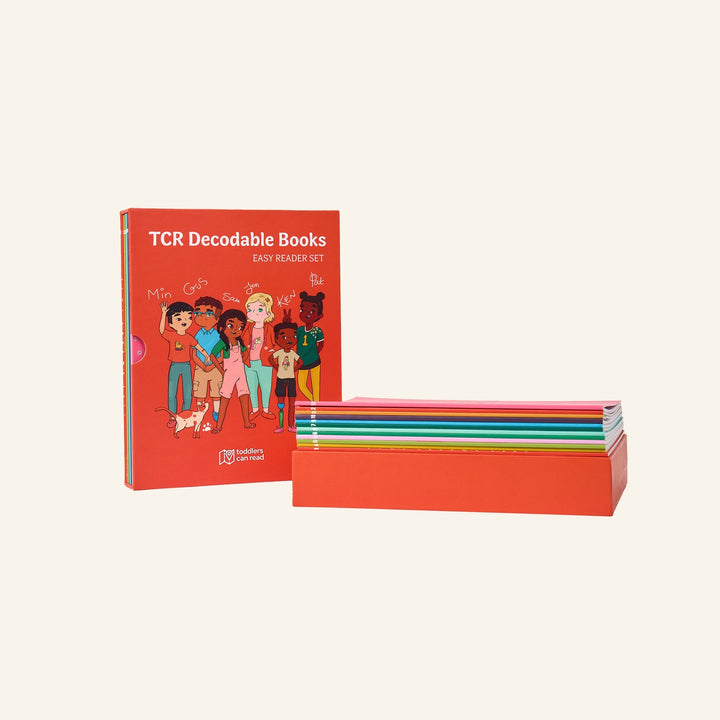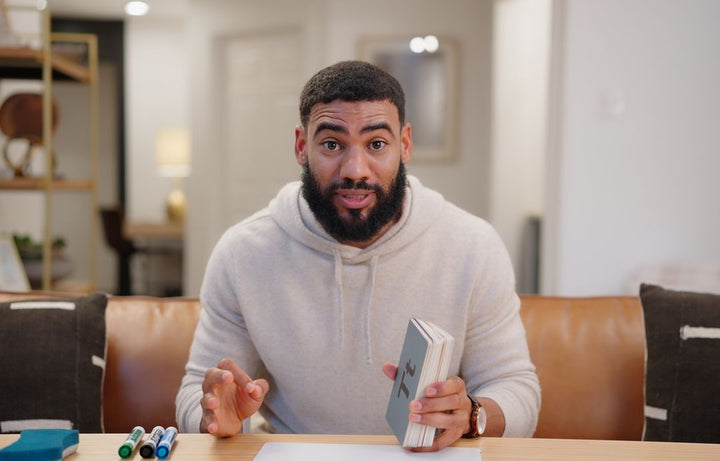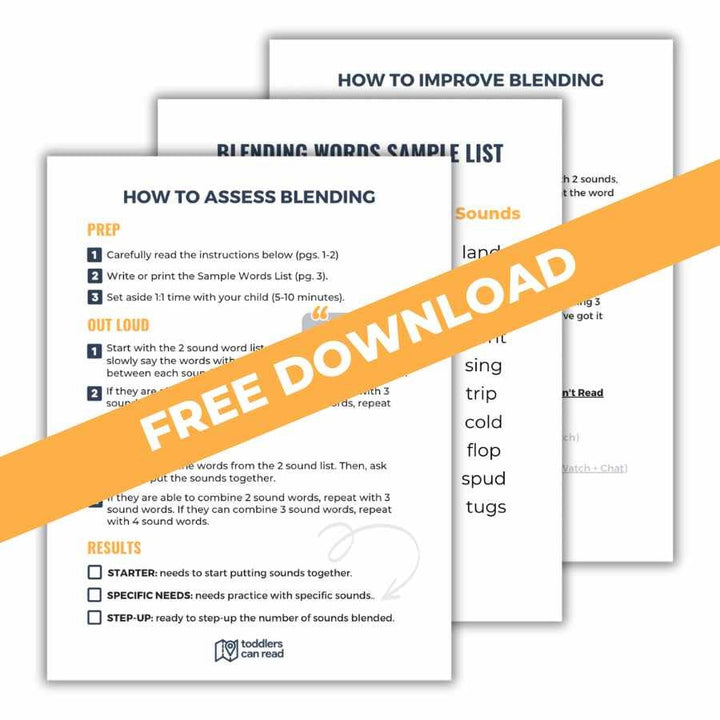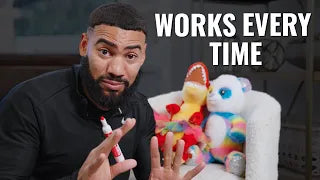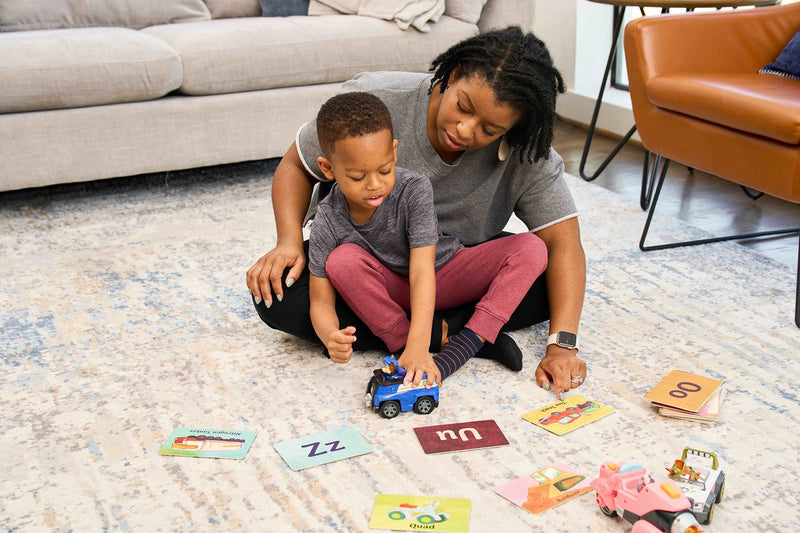Since starting Toddlers CAN Read, I've gotten thousands of DMs from families whose children are struggling to read.
And don't let the word "toddlers" fool you. These are parents of 6 to 10-year-olds who are reading below grade-level. Often, they message me immediately after getting back from a parent-teacher conference where they learned their child is having trouble in school and they have no idea how to help them catch up.
Test Scores Are Confusing
If you're the parent of a school-age child, your little one has probably come home with some reading scores. Often these assessments are difficult to make sense of, and they may look something like the graphic below:

... which is hard to read and it doesn't tell you exactly what you need to do to fix it!
Because what in the world do you do when you see big, bold letters that say: "DID NOT MEET GRADE LEVEL?" It's enough to make anyone panic.
But no matter what test your little one takes or how intimidating those results might feel, you can learn exactly what your little one is struggling with in their reading. And, you can help to improve their reading at home.
Why It's Important to Assess
Before you do anything else, I want you to understand that assessing a child is critical. If you don't know exactly what their learning gaps are, there's no way you'll be able to address them.
Think about it like this. Let's say the check engine light in your car is on, so you make a trip to the mechanic to get it looked at. The first thing the mechanic is going to do is figure out why the light is on. They're not going to make any adjustments or start replacing parts until they understand what's causing the problem.
The same is true when we're helping our kids with their reading.
If you start drilling them with random sight word cards when they're struggling to sound out words, you will probably not see much progress. You and your little one will both feel discouraged, and they won't be any better off than when they started.
The good news is that you don't need complicated assessments, parent-teacher conferences, or outside support to understand exactly what your child is struggling with. So in this blog, I go over four simple steps to assess your child's reading at home.
Step 1. Find a "Just Right" Book
The first step in assessing your child's reading ability is finding a book that's not too easy or too difficult for them. This might take some trial and error, but it's key to getting the information you need out of your assessment.
To do this, you'll want to pick up a book that seems close to your child's reading level and have them read a few sentences. Make sure it's not a book they've memorized (e.g., their favorite book to read at bedtime).
As they read, you'll want to listen for how many words they read correctly vs. how many words they read incorrectly.
If they can read pretty much every word quickly and correctly, the book is probably too easy. Because if they don't make any mistakes for you to take note of, you won't know what it is they really need help with.
Likewise, If they're really struggling to read the words and have trouble getting through most of them, that's a good sign the book is too difficult and won't be very helpful either.
What you're looking for is something in the middle. You want them to be able to read most of the words but not all of them. Generally, I recommend picking a "just right" book where they can read about 70-80% of the words correctly. That way, you can get good information on what they CAN do (the words they read correctly) as well as what they CAN'T do yet (the words they read incorrectly.)
And once you've found your "just right" book, you're ready to get started.
Step 2. Listen to Them Read
Now that you've found their "just right" book, it's time to listen to your child read. Even though this might seem straightforward, this is where I see a lot of parents make mistakes. So remember this:
While your child is reading to you (and this part is crucial), do not give them any hints.
No one wants to see their child struggle, and it's our instinct as parents to jump in and help them out. We want to tell them, "look at the picture!" or "sound it out!" or give them the first sound in the word.
And even though this comes from a good place, ultimately, it will not help your child become a better reader.
In order to help them become a better reader, we need to actually hear the mistakes they're making; we can't focus on exactly what they need help with if we don't give them opportunities to actually need help.
It can be especially hard to fight this instinct if you're working with a struggling reader who hasn't built up their confidence and feels anxious about making mistakes. So if this describes your child, explain to them why you're reading together and give them some reassurance:
"I picked out this book for you so I can figure out how to help you with your reading. It might seem a little difficult, but that's OK. You're going to make some mistakes, and that's OK. I make mistakes too. What I want you to do is just try your best and keep going!"
Step 3. Take Detailed Notes
As they're reading, your biggest job is taking notes of the words they're getting wrong. You'll want to write down each word and what they read instead.
For example, if the word was 'stone' and they said 'ston,' you might write 'stone → ston.'
Personally, I like to use my whiteboard (as I do with most things), but you can use a pencil and paper, your laptop, or the notes app on your phone. It really doesn't matter as long as it's quick and simple enough for you to look back at later.
It'll also be helpful to note any other issues you notice while they're reading. For example, maybe they're repeating words, skipping words they don't know, guessing words, leaving off or adding extra sounds, or repeating words multiple times.
You don't need to take perfect notes or know a bunch of stuff about how to teach reading. You just need to do your best. So whatever you notice, you'll want to write it down and be aware of it so you can address it later.
Step 4. Analyze Their Mistakes
After you've taken some detailed notes, it's time to take a closer look at the mistakes they made. As you look over the mistakes they made, you'll want to ask yourself: what patterns do I notice?
For example, if you wrote down that they missed the words: chin, champ, which, and much- they're probably struggling with the /ch/ sound.
Or, it could be that they get tripped up every time they come across a long vowel spelling with 'Magic E' like saying 'ston' instead of 'stone.'
Maybe they always mix up their b's and d's, or look at you blankly every time they see a compound word.
Whatever their problems are, the important part is that you're able to identify them.
What To Do If You Can't Find a Pattern
If you're reading through your notes and don't notice any patterns, one or more of the following things might be happening:
- The book was too easy (you don't have enough mistakes) or too difficult (you have too many mistakes); either way, you'll need to try another book until you find one that's "just right."
- Your child didn't read enough for you to take notes on; you'll need to have them read more of that book or find another book you can use to continue taking notes.
- They're struggling with tricky words, where part of the word breaks the phonics rules they know. Those will have to be taught individually, and I have an example of how to do that here:
- You, as a parent, might not know enough about phonics to notice any patterns...
...and if that's you, do not feel bad. For most of us, it's been decades since we've sat in a classroom and learned about different spellings and sounds that'll help us learn to read. If you're looking for support with that, I created courses for parents to help you become a better teacher for your own child that would be a great resource (but I'll get into that later.)
What To Do Next
If you're able to identify the patterns in the mistakes they're making, you'll know exactly what they need to work on.
I recommend picking one pattern to focus on first and practicing it on a whiteboard with as many words as possible. Repetition is key. Even with trickier spellings, practice will help those words feel less intimidating.
When they've gotten used to reading words with that sound or with that pattern on the whiteboard, they'll need to practice those words in books or in fluency passages. Here's an example of a fluency passage included in my Reading Books course:

And if you're still struggling at this point and are unsure what to do with your notes or how to practice with them, I have more resources in my Reading Books Course that may be helpful for you.
In addition to over 40 beautiful fluency passages (like the passage pictured above,) it includes about 2 hours of course videos on topics like blending words with 5+ sounds, tricky words, advanced phonics sounds like long vowel sounds and 2-4 letter sounds, reading strategies, and advice on choosing books.
I also have a full video explaining this assessment on my YouTube page and a ton of other free videos to help you get started!
Hopefully if you've made it to this point, you feel more confident about supporting your struggling reader. No matter how intimidating it might feel, I promise it's easier than you think- you just have to get started.


